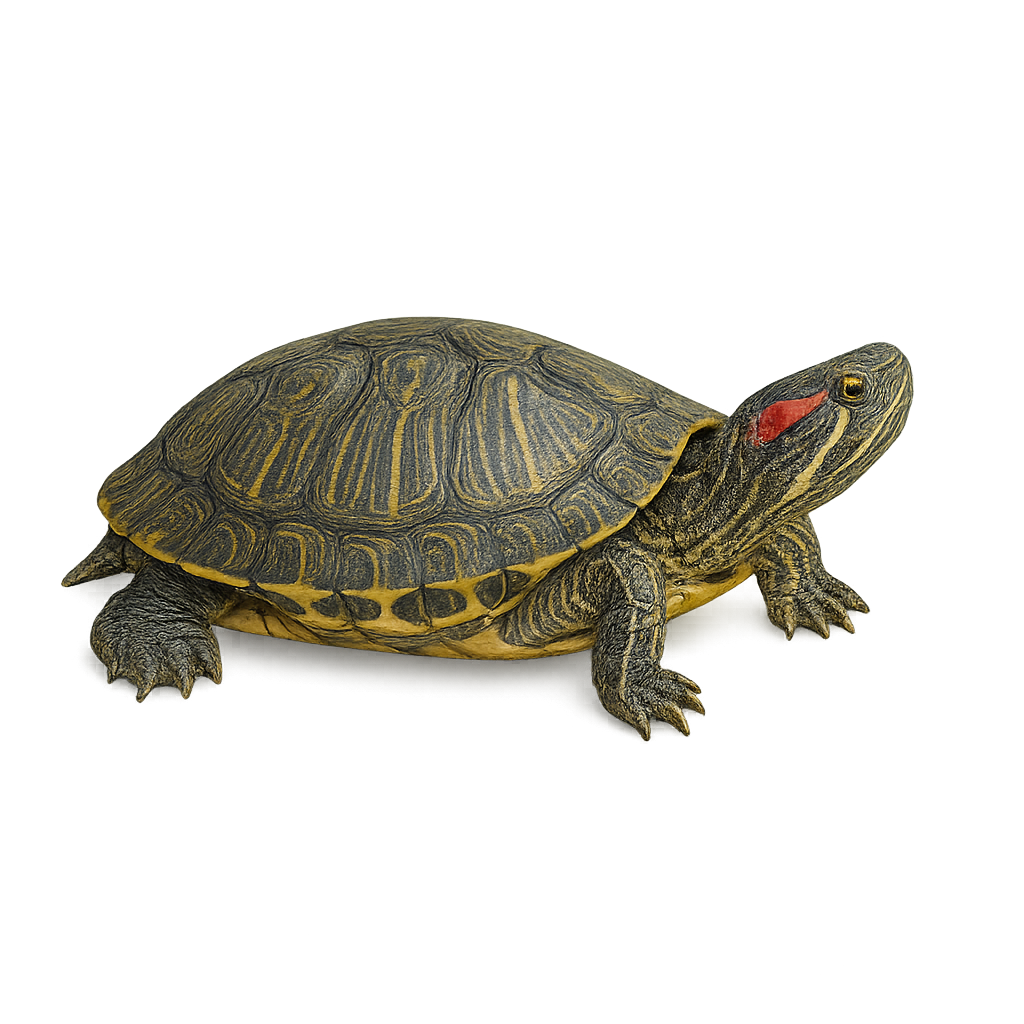Your wildlife photography guide.
Explore the red-eared slider in detail, study its behavior, prepare your shots.
Where to observe and photograph the red-eared slider in the wild
Learn where and when to spot the red-eared slider in the wild, how to identify the species based on distinctive features, and what natural environments it inhabits. The WildlifePhotographer app offers tailored photography tips that reflect the red-eared slider’s behavior, helping you capture better wildlife images. Explore the full species profile for key information including description, habitat, active periods, and approach techniques.
Red-eared Slider
Scientific name: Trachemys scripta

IUCN Status: Least Concern
Family: EMYDIDAE
Group: Reptiles
Sensitivity to human approach: Tolerant
Minimum approach distance: 5 m
Reproduction period: December to February
Incubation: 60–75 jours
Births: December to February
Habitat:
Ponds, lakes, rivers
Activity period :
Active during the day when temperatures are favorable, often seen basking in the sun.
Identification and description:
The Trachemys scripta, commonly known as the red-eared slider, is a popular species of aquatic turtle in the pet trade. It is easily recognizable by its distinctive red markings behind the eyes. This turtle is native to the United States but has been introduced to many countries, where it can become invasive. It prefers aquatic habitats such as ponds, lakes, and rivers with abundant vegetation. The red-eared slider is omnivorous, feeding on aquatic plants, insects, and small fish. It is known for its ability to adapt to various environments, contributing to its popularity in captivity. However, it requires proper care to thrive.
Recommended lens:
400 mm – adjust based on distance, desired framing (portrait or habitat), and approach conditions.
Photography tips:
To photograph the red-eared slider, it is advisable to use a telephoto lens of at least 400mm to capture detailed images from a distance without disturbing the animal. Turtles are often visible on the banks or emerged tree trunks, basking in the sun. Natural morning or afternoon light is ideal for achieving vivid colors and sharp details. Be patient and wait for the turtle to relax to capture natural behaviors. Avoid sudden movements to prevent scaring it away.
The WildlifePhotographer App is coming soon!
Be the first to explore the best nature spots, track rutting seasons, log your observations, and observe more wildlife.
Already 1 430 wildlife lovers subscribed worldwide

